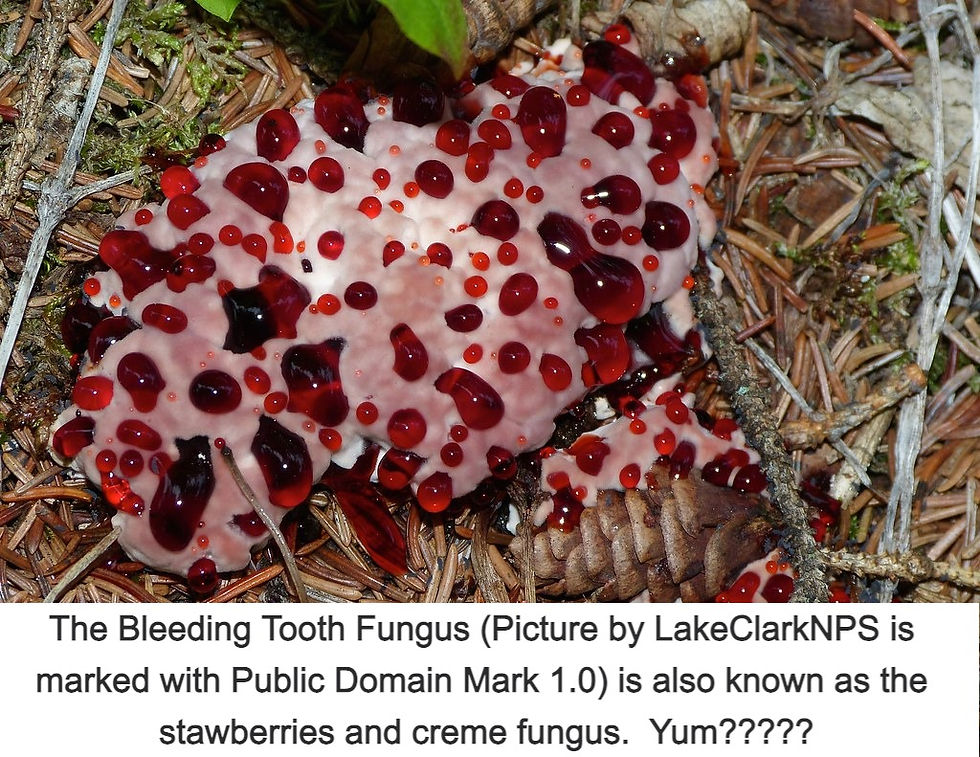Plant Superlatives, Part I
- sahmad
- Oct 24, 2022
- 2 min read
Updated: Oct 31, 2022
If the plant kingdom had a yearbook, there might be some surprising competition for some of the superlatives it bestows. Take, for example, biggest flower. While many people know the corpse flower to be the world's largest flower, in the angsty tradition of true high schoolers everywhere, one has to wonder: who is the true corpse flower?

There are actually two flowers that are known by this common name. Rafflesia arnoldii, pictured to the left with a dated cell phone for scale, is one competitor. Its flower can grow up to three feet wide and 15 pounds in weight. The other is Amorphophallus titanum, pictured below, which is notable for a flower that grows up to 4 feet in width and 8-10 feet high. Both could also compete for the title of smelliest flower, as both smell like rotting meat in order to attract their pollinators (hence the name, corpse flower). One detail that might disqualify Amorphophallus titanum from its claim to be the largest, however, is that it is not one single flower

but an inflorescence, a cluster of small flowers. In fact, what is often taken for the petals of the flower is actually a modified leaf called the spathe. The actual (tiny) flowers are hidden from view by the spathe. Catching either of these flowers in the wild would be quite a coup, as they rarely flower and are often tucked away deep in South Asian rainforests. Lucky for all large, smelly flower lovers, museums and botanical gardens around the world have managed to grow Amorphophallus titanum and will often set up special displays around their blooming. Visitors to the California Science Center in 2021 were lucky enough to see Darth Vapor, the cleverly named corpse flower it had on loan, bloom.
Unfortunately, a Rafflesia arnoldii bloom will be a bit tougher to catch. This plant is actually parasitic and remains hidden inside its host for much of its life cycle. It has no roots, stems or leaves (no need to feed itself; it steals food from the host plant). The first hint of its presence is a tiny, red bud that appears on the host plant. This bud then swells up over 12 months and blooms for only a few days. Luckily for the host plant, the Rafflesia arnoldii does not do it serious harm despite the nutrient and water theft, sparing the Rafflesia the superlative of biggest mooch.
Speaking of mooches, it should come as no surprise that the superlative that I am most interested in is creepiest plant, and rest assured that the next blog post will present some candidates for that title.




Comments